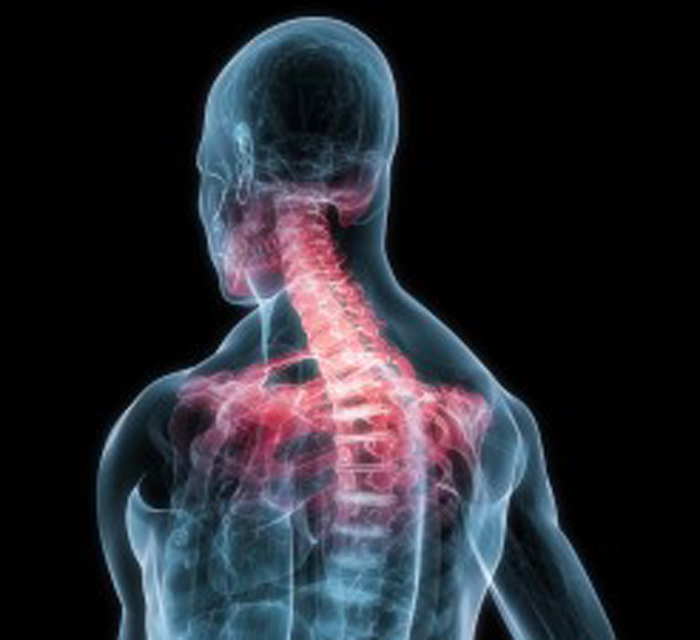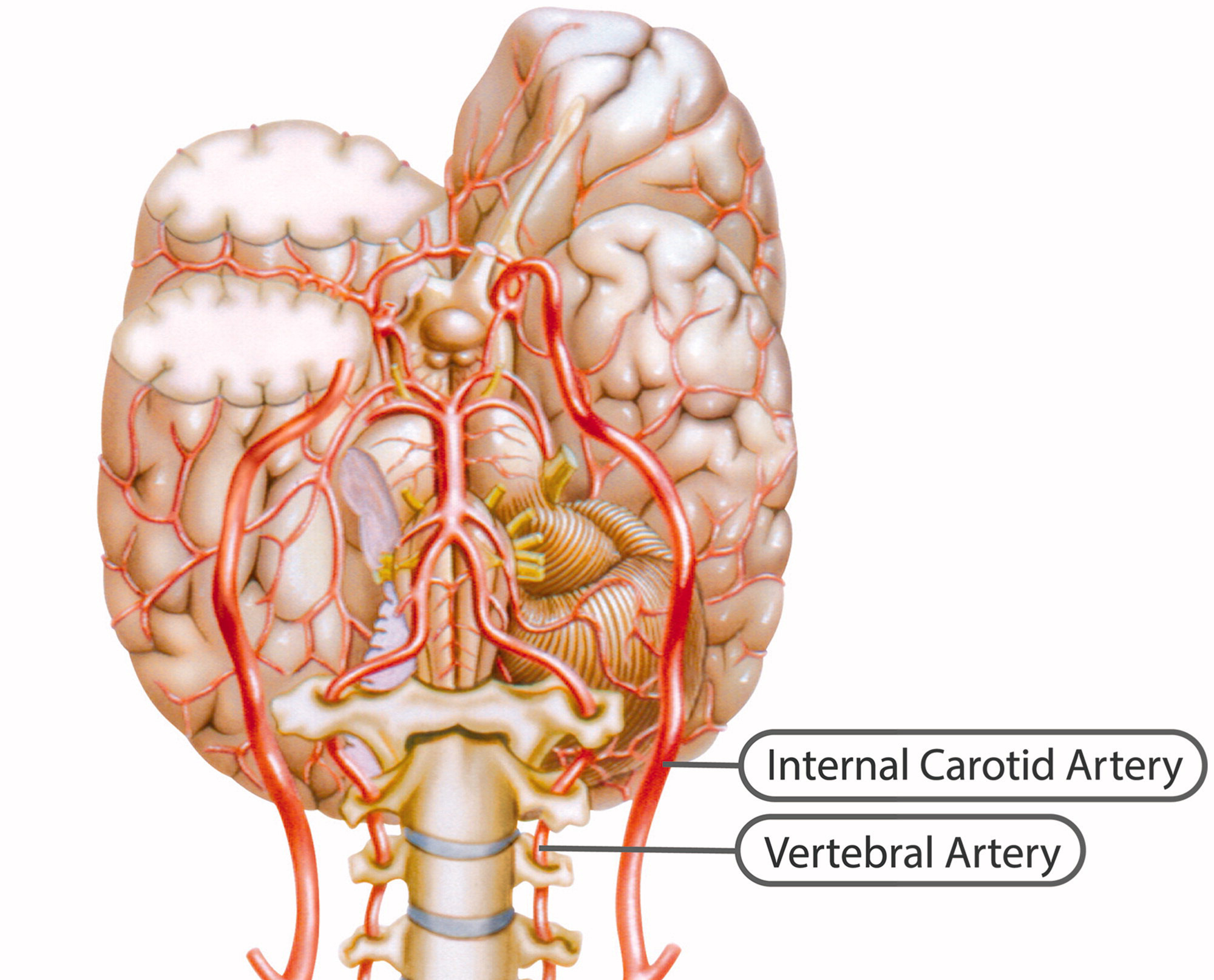Changes in Vertebral Artery Blood Flow Following Various Head Positions and Cervical Spine Manipulation
SOURCE: J Manipulative Physiol Ther. 2014 (Jan); 37 (1): 22–31
Jairus J. Quesnele, DC, John J. Triano, DC, PhD,
Michael D. Noseworthy, PhD, Greg D. Wells, PhD
Chiropractor, Private Practice,
Division of Graduate Studies, Clinical Sciences,
Canadian Memorial Chiropractic College,
Toronto, Ontario, Canada
OBJECTIVE: The objective of the study was to investigate the cerebrovascular hemodynamic response of cervical spine positions including rotation and cervical spine manipulation in vivo using magnetic resonance imaging technology on the vertebral artery (VA).
METHODS: This pilot study was conducted as a blinded examiner cohort with 4 randomized clinical tasks. Ten healthy male participants aged 24 to 30 years (mean, 26.8 years) volunteered to participate in the study. None of the participants had a history of disabling neck, arm, or headache pain within the last 6 months. They did not have any current or history of neurologic symptoms. In a neutral head position, physiologic measures of VA blood flow and velocity at the C1-2 spinal level were obtained using phase-contrast magnetic resonance imaging after 3 different head positions and a chiropractic upper cervical spinal manipulation. A total of 30 flow-encoded phase-contrast images were collected over the cardiac cycle, in each of the 4 conditions, and were used to provide a blood flow profile for one complete cardiac cycle. Differences between flow (in milliliters per second) and velocity (in centimeters per second) variables were evaluated using repeated-measures analysis of variance.
RESULTS: The side-to-side difference between ipsilateral and contralateral VA velocities was not significant for either velocities (P = .14) or flows (P = .19) throughout the conditions. There were no other interactions or trends toward a difference for any of the other blood flow or velocity variables.
There are more articles like this @ our:
CONCLUSIONS: There were no significant changes in blood flow or velocity in the vertebral arteries of healthy young male adults after various head positions and cervical spine manipulations.
From the Full-Text Article:
Introduction
Each year, stroke costs the Canadian economy $3.6 billion in physician services, hospital costs, lost wages, and decreased productivity. [1] Although rare in the general population, vertebrobasilar artery (VBA) stroke, such as spontaneous vertebral artery (VA) dissection, is a leading cause of nonatherosclerotic stroke in young adults. [2-4] It has been proposed that an underlying genetic predisposition, triggered by risk factors associated with environmental exposure, with or without trivial trauma may serve as an etiologic model. [5] However, the exact pathogenesis of VBA stroke is poorly understood. [ 4, 6] It is well documented that patients who experience VBA stroke have a change in blood flow in the affected VA. [ 2, 7, 8] Others have noted signs and symptoms of vertebrobasilar insufficiency with certain head positions. [9-12] Authors speculate that mechanical compression or stretching of the VA at extremes of head position is a potential causative factor for VA blood flow change and is most likely to occur in the suboccipital part (V3) of the VA. [13-17] As a result of Bernoulli principle, there is an increase in blood flow velocity at and/or immediately beyond the point of constriction of a vessel owing to either stretching or compressive forces. [17] This may result in spurting and turbulent flow immediately downstream from the region of distortion [15] that may evoke a local thrombogenic response, [18] leading to VBA stroke. A change in VA blood flow after head rotation, especially contralateral to the direction of rotation, has been demonstrated in several studies. [17] However, these results yield some inconsistencies and are inconclusive with respect to clinical relevancy. [14, 15, 17]
Read the rest of this article here!




Leave A Comment